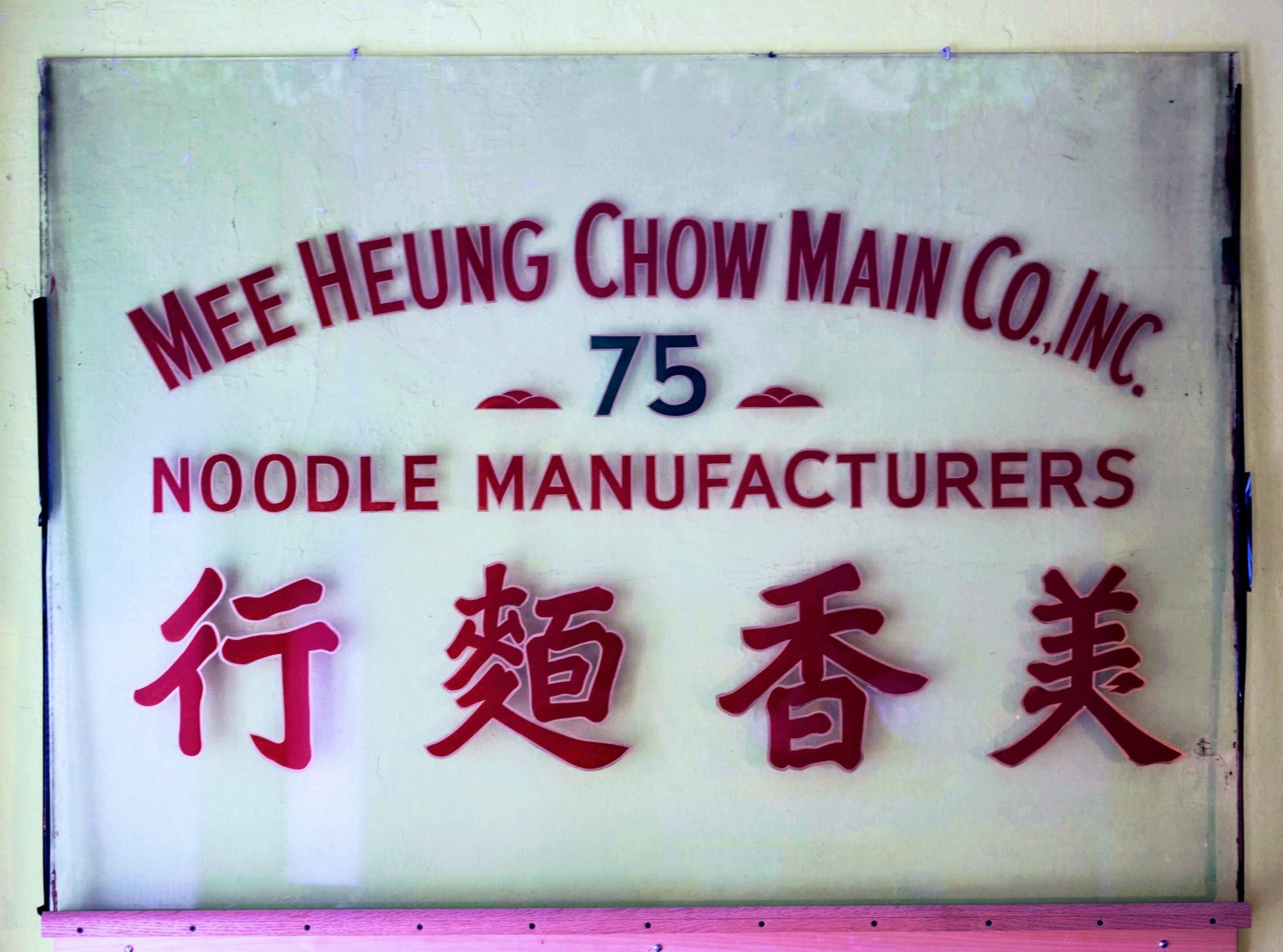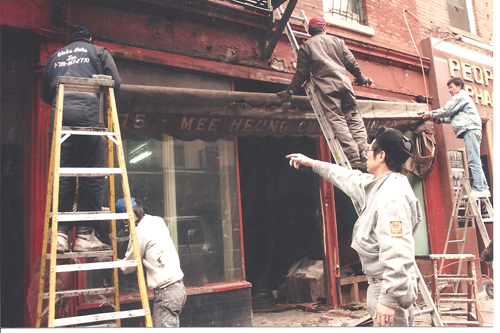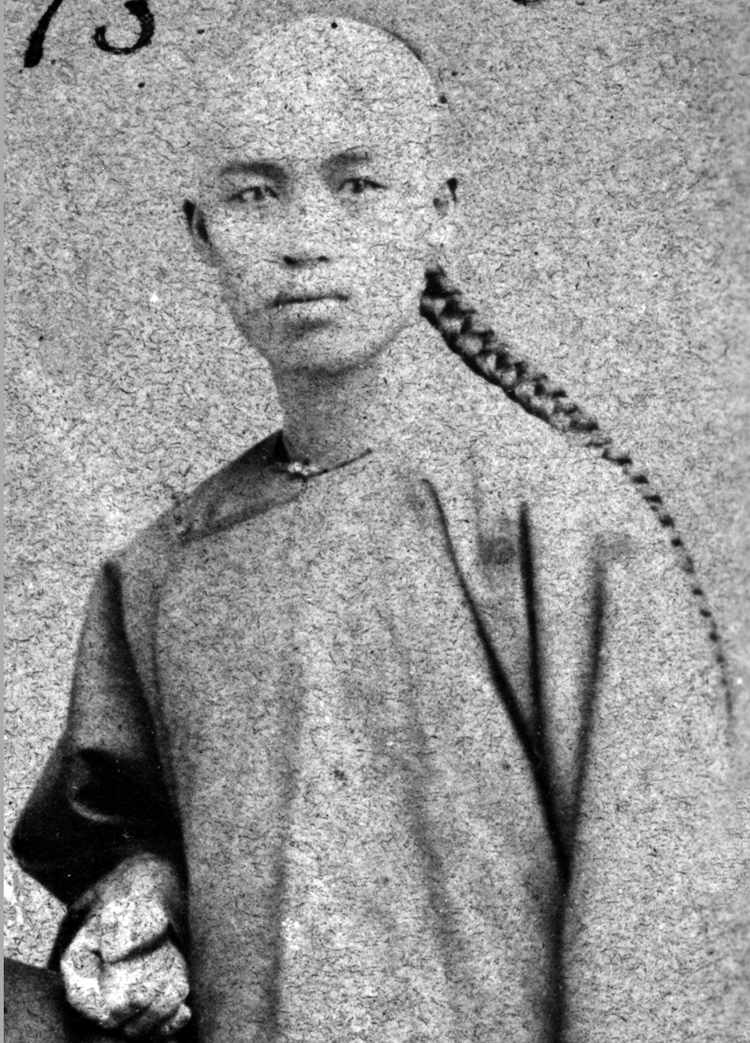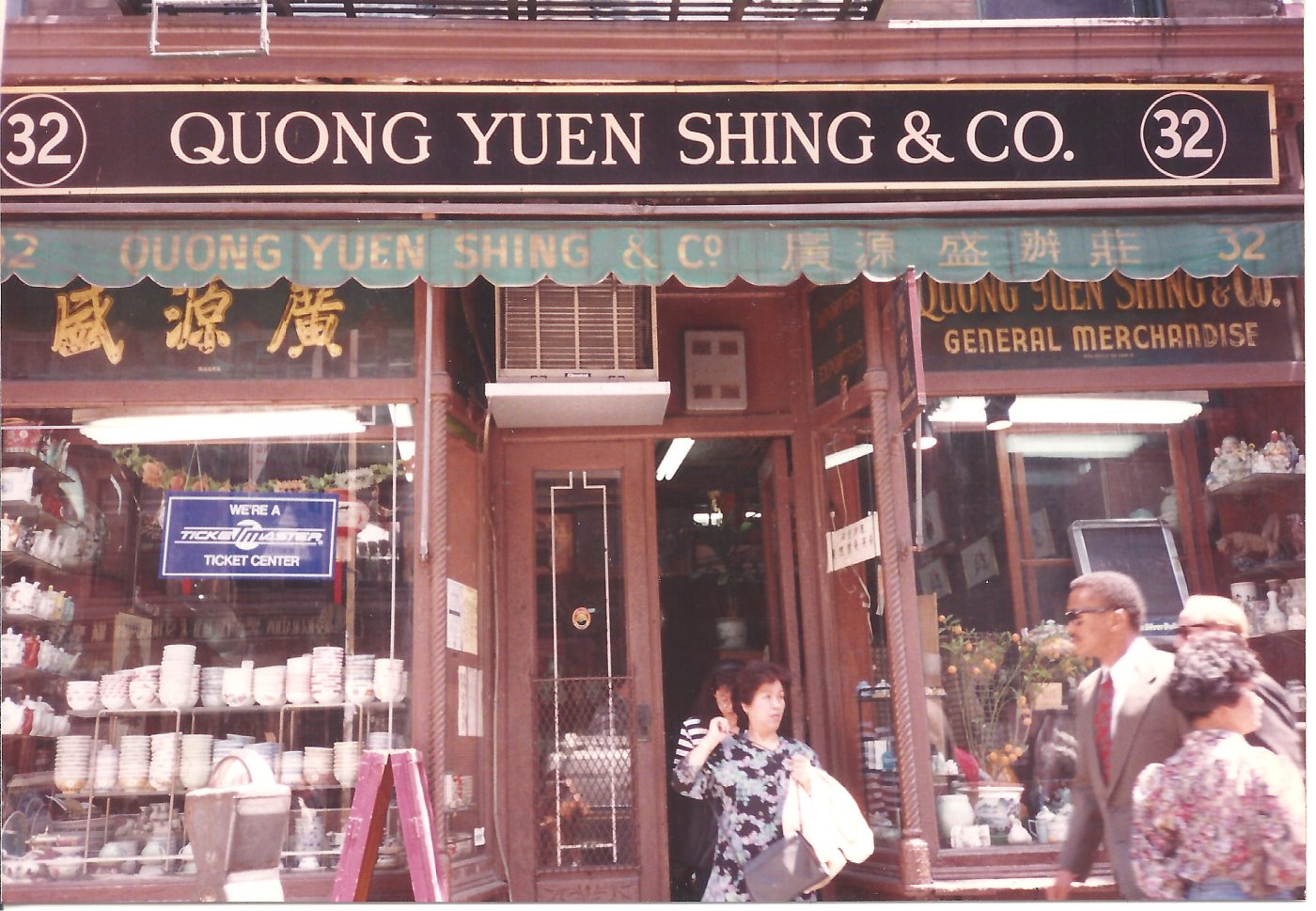Collections馆藏Collections馆藏Collections馆藏Collections馆藏Collections馆藏Collections馆藏Collections馆藏Collections馆藏Collections馆藏Collections馆藏Collections馆藏Collections馆藏Collections馆藏Collections馆藏Collections馆藏Collections馆藏Collections馆藏Collections馆藏Collections馆藏Collections馆藏Collections馆藏Collections馆藏Collections馆藏Collections馆藏Collections馆藏Collections馆藏Collections馆藏Collections馆藏Collections馆藏Collections馆藏Collections馆藏Collections馆藏Collections馆藏Collections馆藏Collections馆藏Collections馆藏Collections馆藏Collections馆藏Collections馆藏Collections馆藏Collections馆藏Collections馆藏Collections馆藏Collections馆藏Collections馆藏Collections馆藏Collections馆藏Collections馆藏Collections馆藏Collections馆藏Collections馆藏Collections馆藏Collections馆藏Collections馆藏Collections馆藏Collections馆藏Collections馆藏Collections馆藏Collections馆藏Collections馆藏Collections馆藏Collections馆藏Collections馆藏Collections馆藏

13 September 2019 Posted.
Sign of the Mee Heung Chow Main Co., Museum of Chinese in America (MOCA) Collection.
美香面行招牌,美国华人博物馆(MOCA)馆藏

A team from MOCA salvaging the Mee Heung Chow Main Co., 1992, Museum of Chinese in America (MOCA) Institutional Archives.
MOCA团队抢救美香面行遗留档案,1992年,美国华人博物馆(MOCA)机构档案
The Mee Heung Chow Main Company on 75 Mott Street was incorporated in 1928. The company signified not only a shop but a vibrant way of life in New York City’s Chinatown. The noodle manufacturing shop had a multi-architectural-style interior, including classical Acanthus leaf motifs and Ming and Han dynasty wood-carvings.In her book “Chinatown: A Portrait of a Closed Society,” Gwen Kinkead writes about observing four elders playing mahjong in the shop while wedging their pieces between boxes of noodles. In 1992 after the shop closed MOCA salvaged the front sign as well as noodle bags, stationery, and more. Such artifacts preserve an architecture and a way of life more and more under threat by development in Chinatown.



